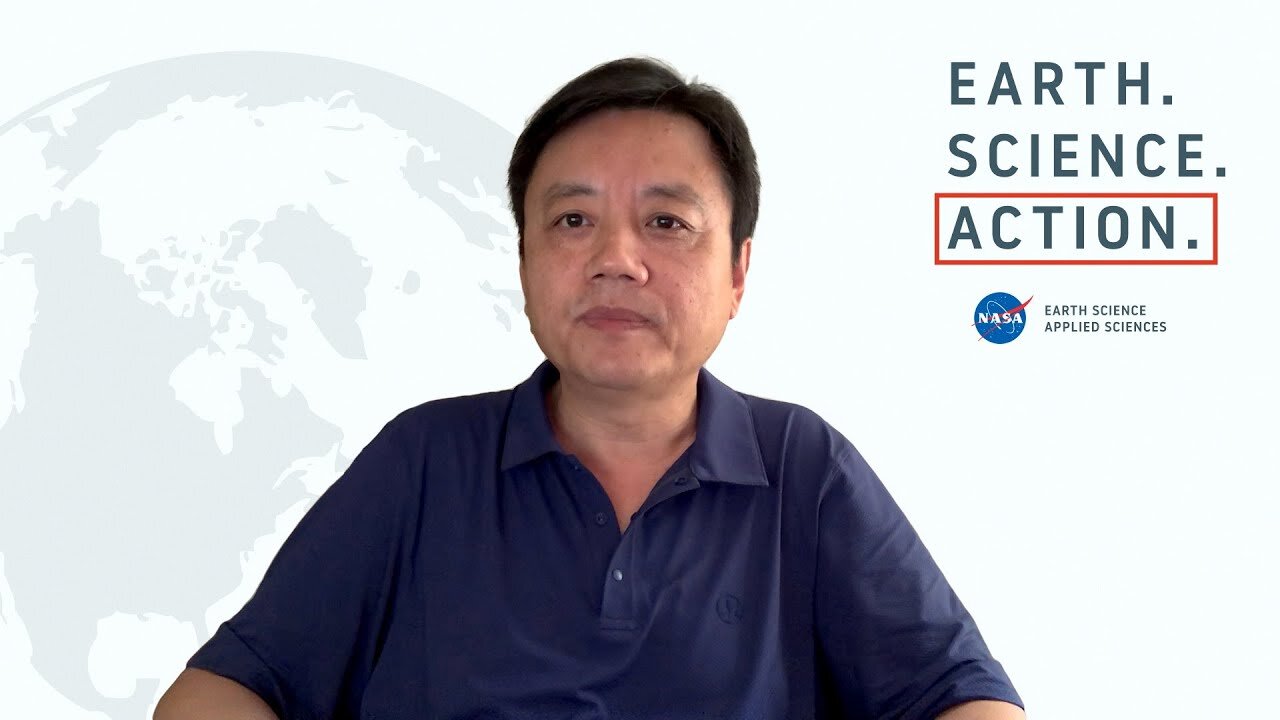Premium Only Content

Detecting Sargassum algae from space, also known as Sargassum seaweed //dxbdubai
Detecting Sargassum algae, also known as Sargassum seaweed, can be challenging because it often floats on the surface of the ocean and forms dense mats that can cover large areas. However, various methods and technologies have been developed to detect and monitor Sargassum algae blooms. Here are some common approaches:
Satellite Imaging: Satellite-based remote sensing is one of the most effective ways to detect and monitor Sargassum blooms over large ocean areas. Satellites equipped with sensors that can capture different wavelengths of light, including infrared and visible light, can detect changes in the color and temperature of the ocean's surface caused by Sargassum. These satellites provide valuable data for tracking the movement and extent of Sargassum algae.
Aerial Surveys: Aircraft equipped with specialized sensors can also be used to conduct aerial surveys of Sargassum blooms. These surveys can provide high-resolution images and data to complement satellite observations.
Ocean Buoy Networks: Some regions deploy ocean buoys equipped with sensors to monitor water quality and environmental conditions. These buoys can detect changes in water temperature, turbidity, and nutrient levels associated with Sargassum blooms.
Citizen Science: Citizen scientists and local communities can play a role in Sargassum detection. Reports and observations from beachgoers and coastal residents can help authorities track the presence and extent of Sargassum accumulations.
Machine Learning and Artificial Intelligence: Researchers are developing machine learning and AI algorithms to analyze satellite and aerial imagery more effectively. These algorithms can automatically identify and track Sargassum blooms based on patterns and features in the images.
Oceanographic Models: Numerical models of ocean currents and water quality can be used to predict the movement and dispersion of Sargassum algae. These models take into account factors such as wind, ocean currents, and water temperature.
Field Surveys: While remote sensing provides valuable data, ground-based field surveys are essential for verifying and validating the satellite and aerial observations. Researchers can collect physical samples and conduct detailed studies of Sargassum in affected areas.
Combining multiple methods, including satellite imagery, aerial surveys, and data from ocean buoys, allows scientists and authorities to better understand the dynamics of Sargassum blooms and respond to their presence. Early detection is crucial for managing the impacts of Sargassum algae on coastal ecosystems, tourism, and local economies.
Regenerate
-
 2:57:52
2:57:52
Laura Loomer
11 hours agoEP154: Naturalized US Navy Medic From GAZA Exposed For Ties To Hamas
39K27 -
 35:45
35:45
Stephen Gardner
14 hours ago🔴BREAKING: Election Auditor EXPOSES Democrat Election Fraud Evidence!
39.3K59 -
 15:48
15:48
Sponsored By Jesus Podcast
18 hours agoHow to Stop Being JEALOUS | When Comparison Steals Your Joy
12.9K11 -
 3:56:59
3:56:59
DLDAfterDark
9 hours ago $12.74 earnedDon't Worry - Things Will Get SO Much Worse! Sometimes It Be Like That
27.1K6 -
 25:41
25:41
Robbi On The Record
14 hours ago $3.81 earnedThe Billion-Dollar Lie Behind OnlyFans “Empowerment” (Her Testimony Will Shock You) | part II
16.9K12 -
 12:22
12:22
Cash Jordan
6 hours ago"CHICAGO MOB" Fights Back... "ZERO MERCY" Marines DEFY Judge, SMASH ILLEGALS
33.9K46 -
 46:58
46:58
Brad Owen Poker
18 hours agoI Make QUAD ACES!!! BIGGEST Bounty Of My Life! Turning $0 Into $10,000+! Must See! Poker Vlog Ep 323
19.9K7 -
 2:52:28
2:52:28
TimcastIRL
9 hours agoSTATE OF EMERGENCY Declared Over Food Stamp CRISIS, Judge Says Trump MUST FUND SNAP | Timcast IRL
252K146 -
 3:22:45
3:22:45
Tundra Tactical
16 hours ago $21.16 earned🚨Gun News and Game Night🚨 ATF Form 1 Changes, BRN-180 Gen 3 Issues??, and Battlefield 6 Tonight!
46.6K6 -
 1:45:13
1:45:13
Glenn Greenwald
12 hours agoJD Vance Confronted at Turning Point about Israel and Massie; Stephen Miller’s Wife Screams “Racist” and Threatens Cenk Uygur with Deportation; Rio's Police Massacre: 120 Dead | SYSTEM UPDATE #540
122K169